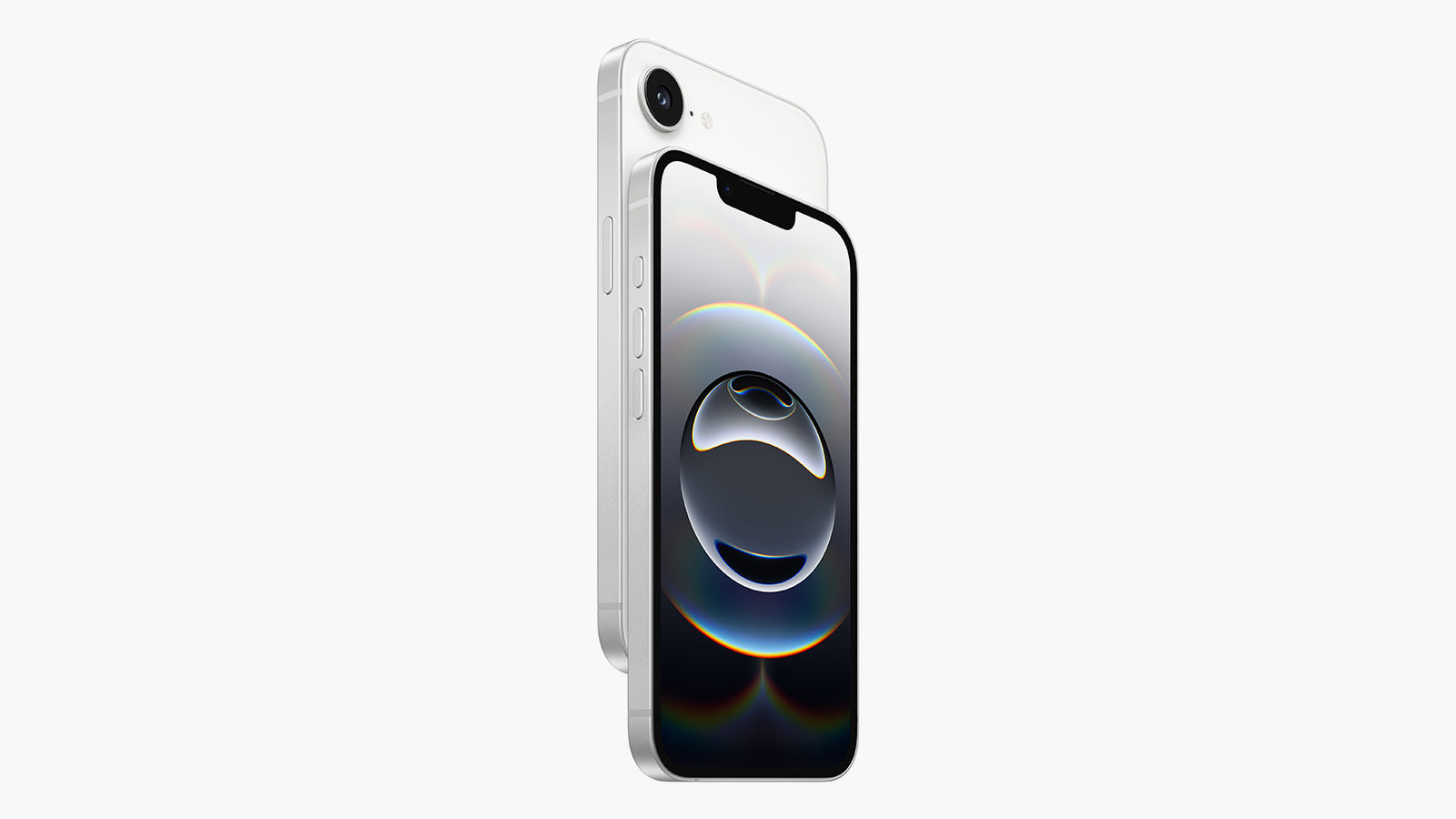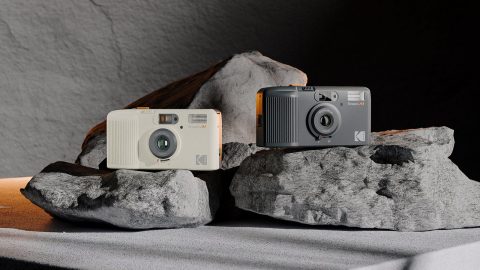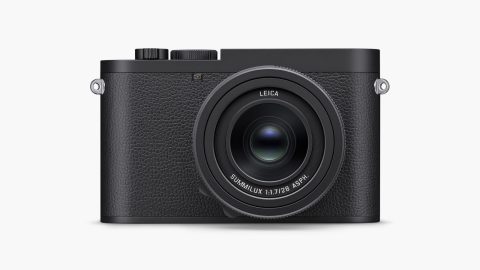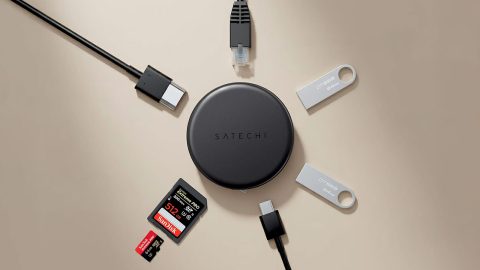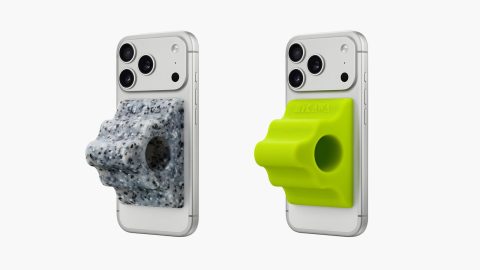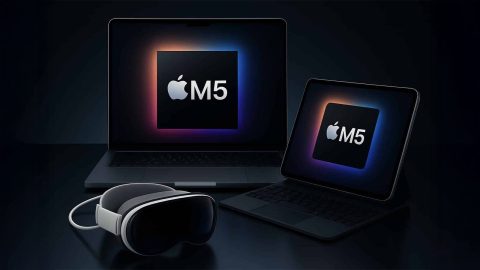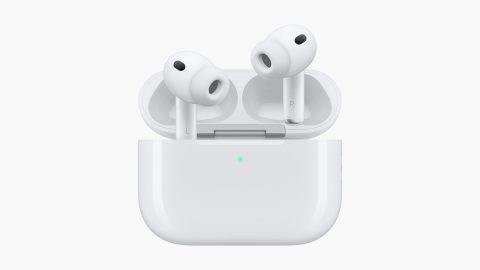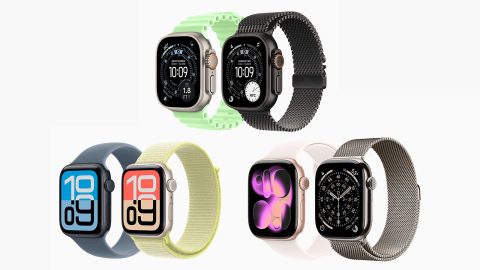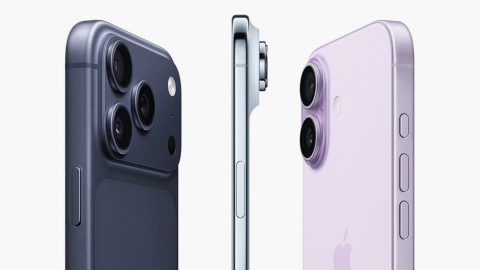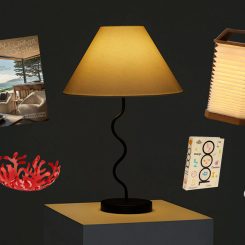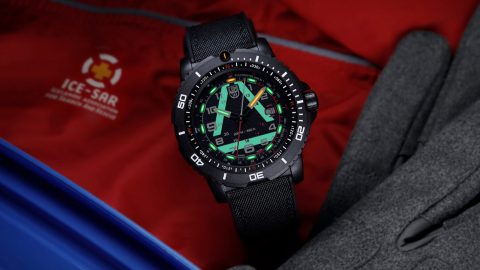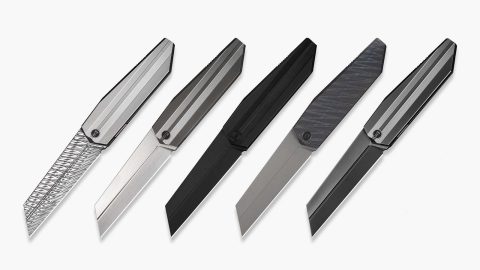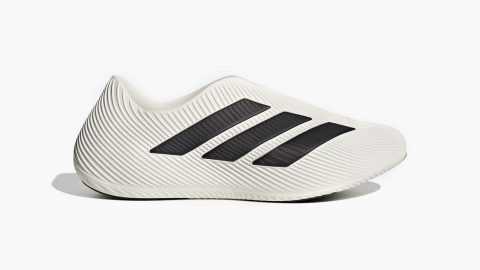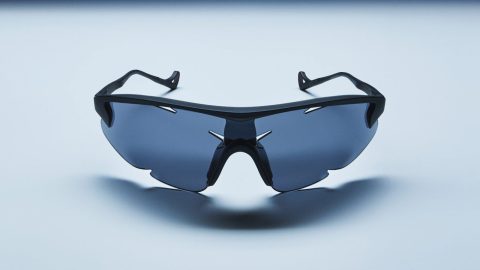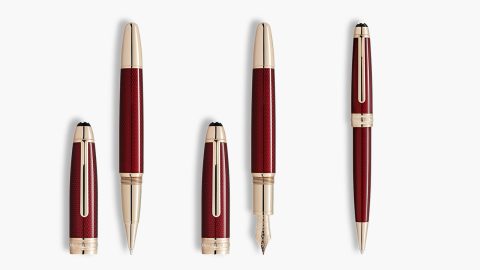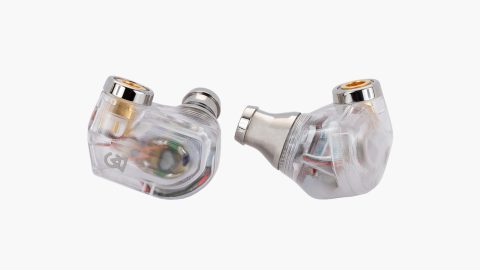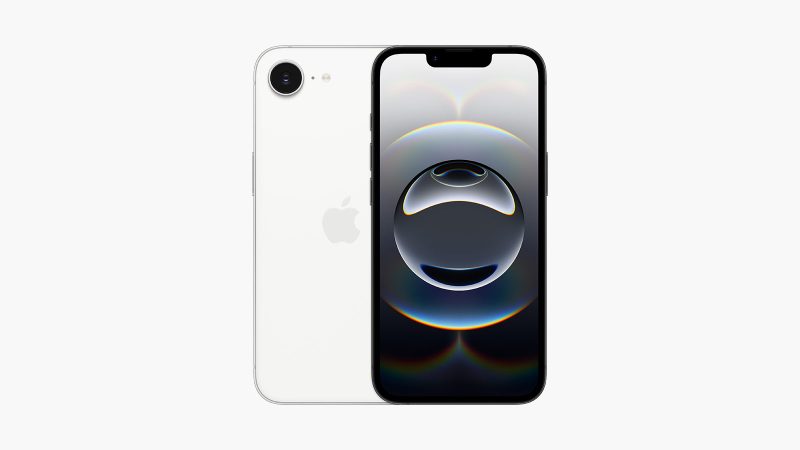

Apple has officially pulled the curtain back on the iPhone 16e that introduces a modern design, flagship-level features, and a significant price jump. Gone are the chunky bezels and home button of the 2022 iPhone SE, replaced with a sleek 6.1-inch Super Retina XDR OLED display, Face ID, and a USB-C port, bringing it more in line with Apple’s latest iPhone lineup. But while the 16e boasts some major improvements, it also comes with a $599 starting price, marking a $170 increase over its predecessor.
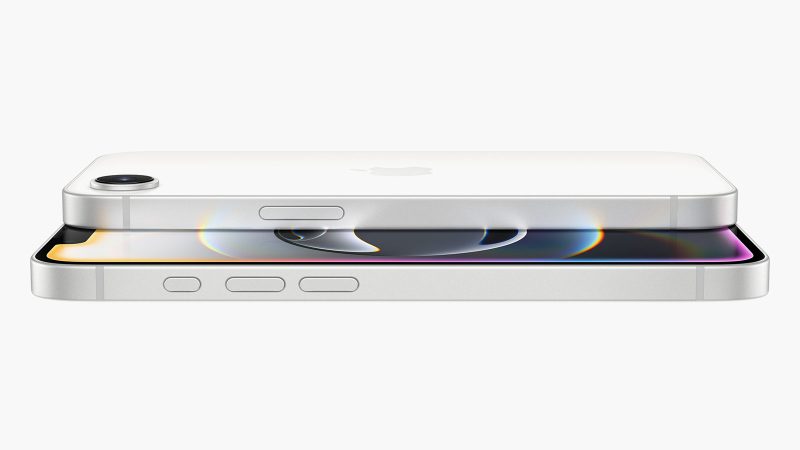
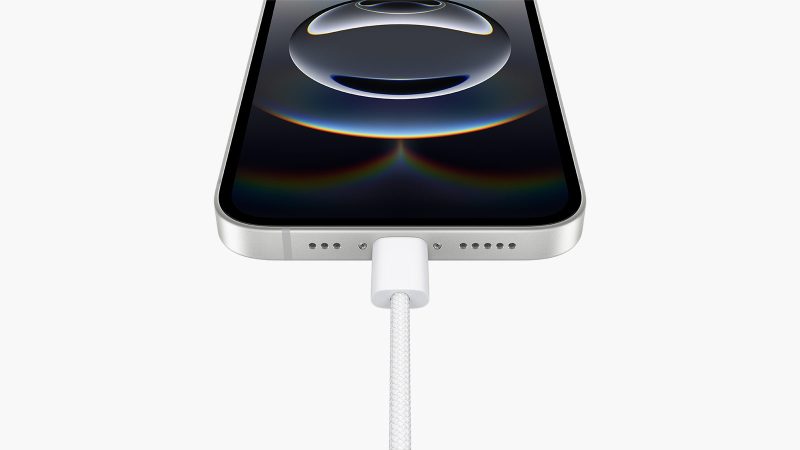
Apple finally retired the outdated 4.7-inch, home-button-equipped design, opting for a notched display similar to the iPhone 14. With aluminum sides, a Ceramic Shield front, and an IP68 dust and water resistance rating, the iPhone 16e looks much more premium than the previous SE models. It’s available in Matte Black and Matte White, with five optional silicon cases in black, fuchsia, lake green, white, and winter blue.
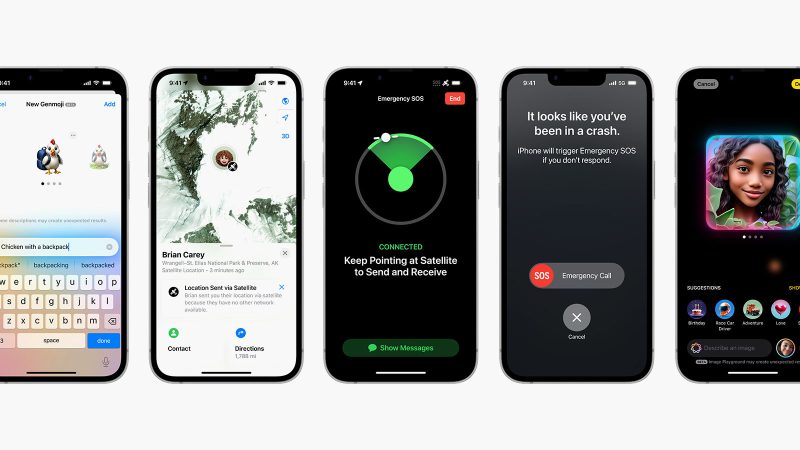
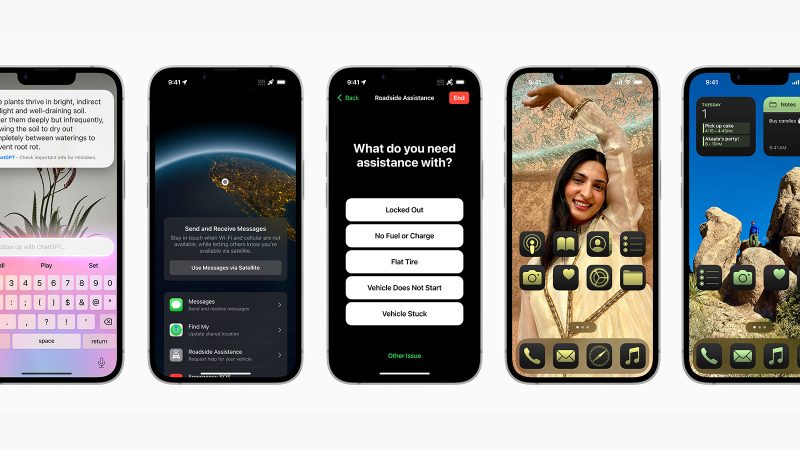
The 6.1-inch Super Retina XDR OLED screen is a massive leap forward from the previous SE’s LCD panel. With 800 nits of max brightness (1,200 nits peak), True Tone, HDR, and a 2,532 x 1,170 resolution, the iPhone 16e delivers vibrant colors, deep blacks, and crisp details, making it a far more immersive experience for watching videos, gaming, or browsing.


Performance gets a major boost thanks to the A18 chip, the same processor found in the iPhone 16 lineup. This ensures that the iPhone 16e is fast, efficient, and future-proof, capable of running the latest iOS updates for years. It also supports Apple Intelligence, bringing AI-driven features like Writing Tools, Image Playground, and enhanced search capabilities to the device.
The biggest hardware leap comes in the camera department. Apple has ditched the 12MP sensor of the previous SE in favor of a 48MP Fusion Camera, giving users access to 2x optical zoom, improved low-light performance, and advanced computational photography. It also records 4K video at 60fps, making it a capable option for content creators. Even the selfie camera gets a boost, jumping from 7MP to 12MP TrueDepth, with cinematic video capabilities and 4K recording.
Apple hasn’t specified battery capacity, but with the A18’s efficiency and OLED display, users can expect all-day battery life comparable to the iPhone 16. Fast charging via USB-C ensures 50% battery in 30 minutes, and it’s MagSafe-compatible, allowing for wireless charging and accessory integration.
At $599 for 128GB, $699 for 256GB, and $899 for 512GB, the iPhone 16e is no longer the ultra-affordable option it once was. However, it now competes directly with mid-range Android rivals like the Samsung Galaxy S24 FE ($649) and Google Pixel 8a ($499). While the price increase may deter some budget-conscious buyers, the premium build, flagship features, and long-term iOS support make it a strong choice for those looking for a no-frills, high-performance iPhone. The iPhone 16e is available for preorder starting February 21 and will be available for retail on February 28.
For more tech news, check out Satechi’s Mac Mini Stand & Hub.

